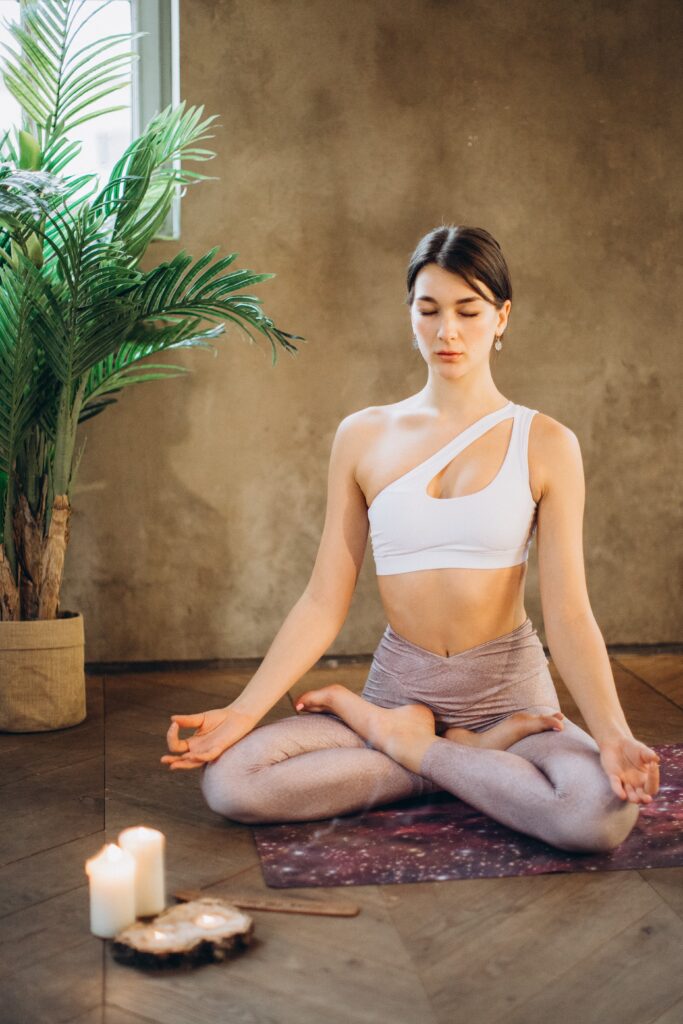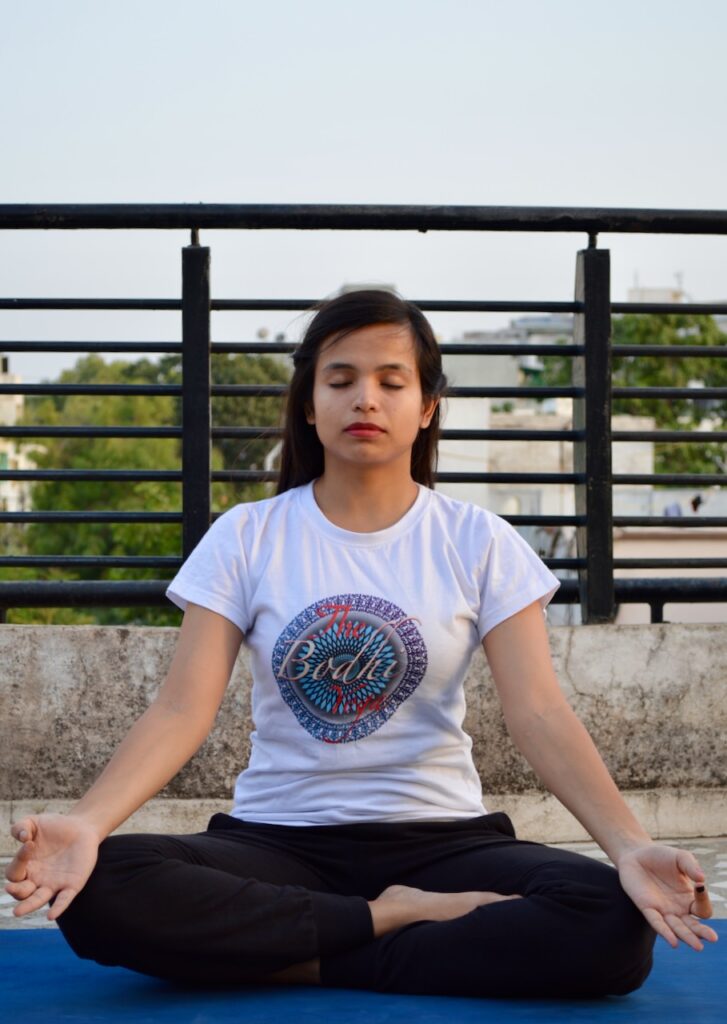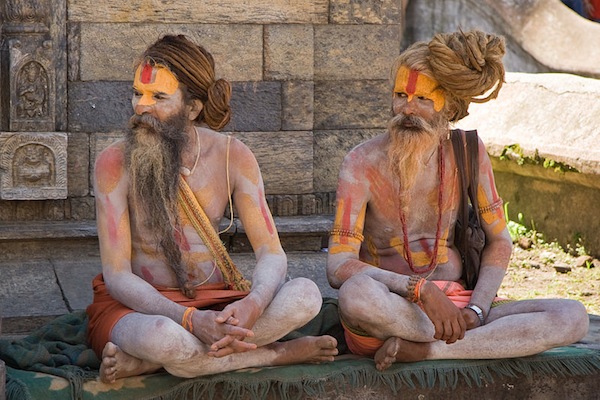Unlocking the Secrets of Padmasana: The Transformative Power of the Lotus Pose

Padmasana, also known as the Lotus Pose, is a seated meditation posture that is considered to be one of the most important and widely practiced asanas in yoga. The pose is named after the lotus flower, which is known for its ability to grow and bloom in muddy waters, symbolizing the ability of the human mind to rise above difficulties and achieve spiritual growth.
The practice of Padmasana is believed to have originated in ancient India, where it was used by yogis and spiritual seekers as a way to cultivate inner peace, focus, and concentration. The pose is said to have been practiced by the Buddha himself as a way to achieve enlightenment. Today, Padmasana is widely used in yoga and meditation practices around the world as a way to improve physical and mental well-being.
To begin the pose, sit on the floor with your legs stretched out in front of you. Bend your right knee and bring the heel of your right foot towards your pelvis. Place the right foot on the left thigh, with the sole of the foot facing upward. Then, bend your left knee and bring the heel of your left foot towards your pelvis. Place the left foot on top of the right thigh, with the sole of the foot facing upward. Your knees should be resting on the floor, and your feet should be stacked one on top of the other.
It is important to note that the flexibility of the hip joint is crucial to perform Padmasana. To make the pose more accessible, practitioners can use props such as blocks or blankets to sit on to elevate the hips.
In Padmasana, the spine should be kept straight, and the shoulders should be relaxed. The hands can be placed on the knees in the traditional mudra, or hand gesture, known as Jnana Mudra, which symbolizes the union of wisdom and knowledge.
One of the most important benefits of Padmasana is that it helps to promote a sense of calm and inner peace. This is because the pose helps to reduce tension in the muscles and joints, and to promote better blood flow to the abdominal organs. The pose also helps to improve the flexibility of the hips and knees, which can help to relieve pain and discomfort caused by sitting for long periods of time.
Padmasana is also believed to have a positive effect on the nervous system. The pose is said to help to calm the mind and reduce anxiety, as well as to improve focus and concentration. It is also believed to help to balance the energy in the body, which can help to promote feelings of
well-being and inner peace. Additionally, Padmasana is said to help to regulate the breath, which can improve respiratory function and overall lung capacity.

Another benefit of Padmasana is that it helps to improve the health of the reproductive and urinary systems. The pose is said to help to stimulate the abdominal organs and to massage the ovaries and prostate gland, which can help to improve overall reproductive and urinary health.
Padmasana is also believed to have a positive effect on the digestive system. The pose is said to help to stimulate the abdominal organs and to improve the flow of blood and oxygen to the digestive tract, which can help to improve digestion and prevent constipation.
It is also said to be beneficial for the mind, helping to improve focus and concentration, and to reduce stress and anxiety. This is why Padmasana is frequently used as a meditation posture, and is often recommended to those who are new to meditation.
Padmasana is considered to be a beginner-friendly posture, and can be practiced by people of all ages and fitness levels. However, it is important to approach the pose with caution, as it can be difficult for those with limited flexibility or mobility in the hips and knees. It is important to work on your flexibility gradually and to use props if needed.
In conclusion, Padmasana, also known as the Lotus Pose, is a seated meditation posture that is considered to be one of the most important and widely practiced asanas in yoga. It is believed to have originated in ancient India and is used by yogis and spiritual seekers as a way to cultivate inner peace, focus, and concentration. The pose is known to be beneficial for the body, mind and spirit, and is considered to be a beginner-friendly posture that can be practiced by people of all ages and fitness levels. It’s important to remember to work on your flexibility gradually and to use props if needed, but with regular practice, you’ll be able to reap all the benefits of the Padmasana.


